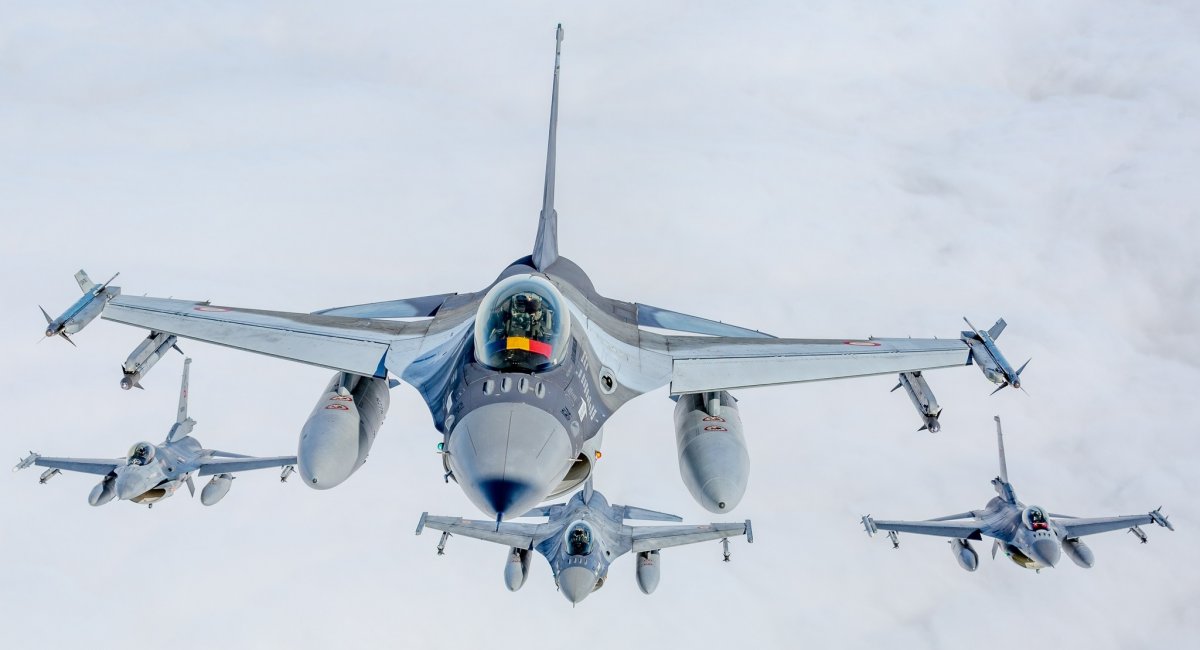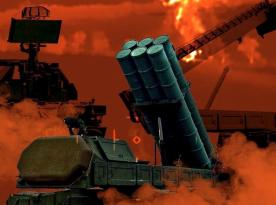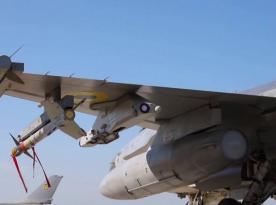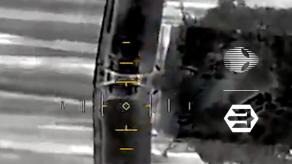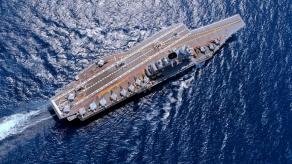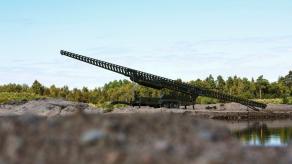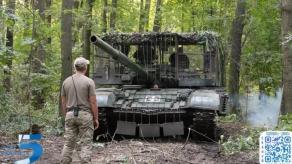Once the contract for the supply of 32 used F-16s from Norway is fulfilled, the Romanian Air Force will operate a total of 49 combat aircraft of this type. Combined with the 18 F-16s the Netherlands has pledged for pilot training, Romania’s total inventory could reach 66 F-16s.
Against this backdrop, Romanian analysts are describing what they see as a paradoxical situation: the country will soon have too many F-16s for peacetime needs, and too few for the demands of modern warfare. This view was expressed by Iulian Fota, an expert and former national security advisor to the Romanian president, during a Defense Romania podcast.
Read more: No Missiles, No Explanation: Romania Abandons Missile Deal with Ukraine That Could Have Included Neptune

Fota explained that, from his perspective, Romania has acquired more aircraft than it currently needs for peacetime operations, at a time when the Romanian Navy still remains "the most widowed force structure" of the national armed forces, lacking in resources for an event of large-scale hostilities in the Black Sea. In this light, he argued, a greater investment in naval forces might have made more strategic sense.
At the same time, Fota noted that Romania’s current fleet of F-16s would be insufficient in the event of a conflict with russia. In such a scenario, he believes, Western allies would need to deploy "hundreds of aircraft" to assist Romania, making the country’s few dozen F-16s appear inadequate.
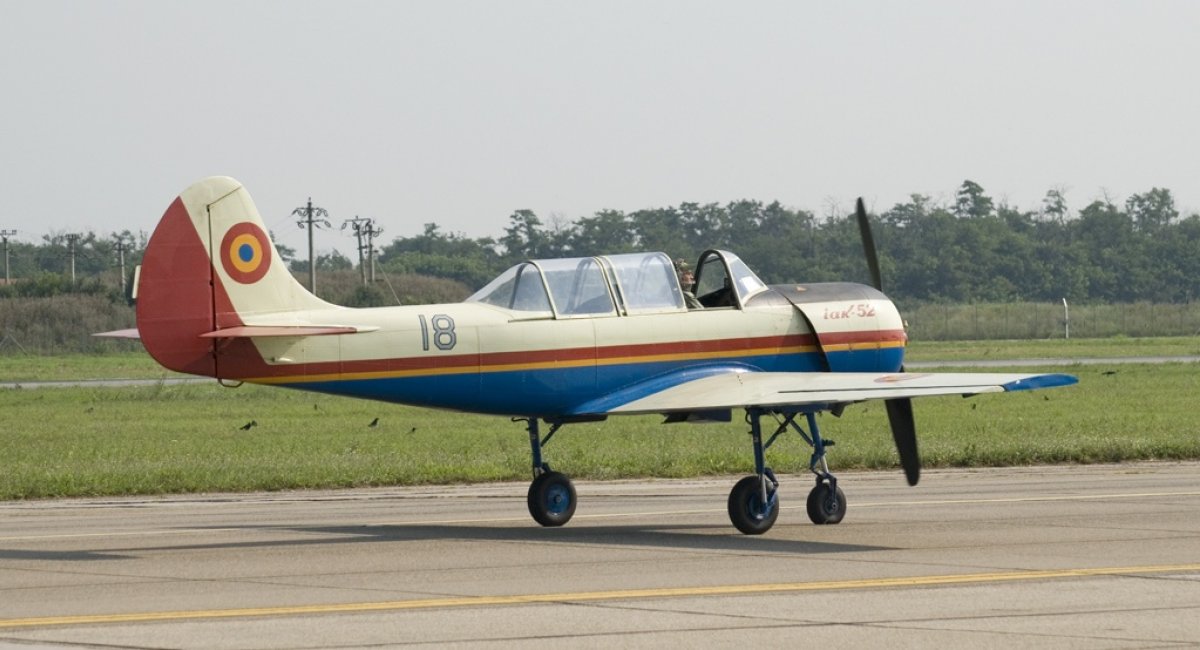
Yet, Fota stressed that the combat effectiveness of Romania’s F-16 fleet will depend less on the sheer number of aircraft and more on the quality of the personnel operating and maintaining them. Without a sufficiently high level of training, he argued, numerical strength cannot compensate for operational shortcomings.
At first glance, this view may appear out of sync with reality — particularly the assumption that NATO would immediately commit the maximum of its forces in defense of Romania. However, the expert's statements emphasize the importance of qualitative factors such as personnel training for the F-16, and this could be a starting point for further cooperation with Ukraine, which has a growing number of pilots with real combat experience on F-16.
Romania’s own pilot training infrastructure remains outdated and underdeveloped. For basic training, the Air Force still relies on the Soviet-era Yak-52 up to a certain point. Meanwhile, plans to modernize the IAR-99 combat trainer have stagnated for years due to various delays and setbacks.
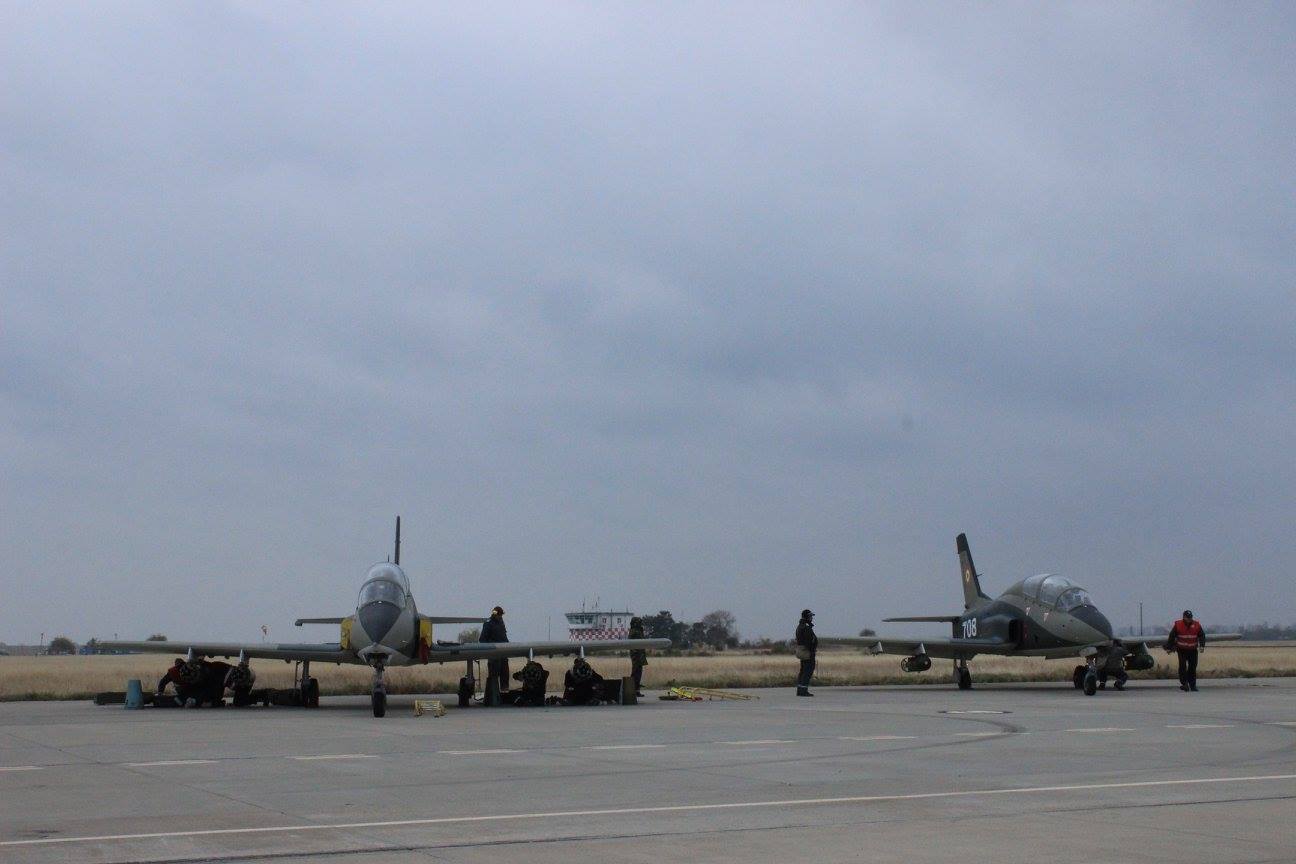
As mentioned earlier, the Netherlands decided to transfer 18 F-16s in April 2025, specifically for training Ukrainian pilots at Romania’s 86th Air Base. While this initially appeared like pushing the responsibility onto Romania, Bucharest may actually benefit from this arrangement by gaining valuable training assets it urgently needs.
This shared use of training resources suggests a natural opportunity for deeper cooperation between Romania and Ukraine. Both countries will be operating F-16s and could jointly develop flight and engineering training programs, drawing on a common logistical and operational framework.
Read more: Why Bronco All-terrain Vehicles Go to Ukraine Without Any Public Photo While Canada Plans Launch Its Civilian Version




